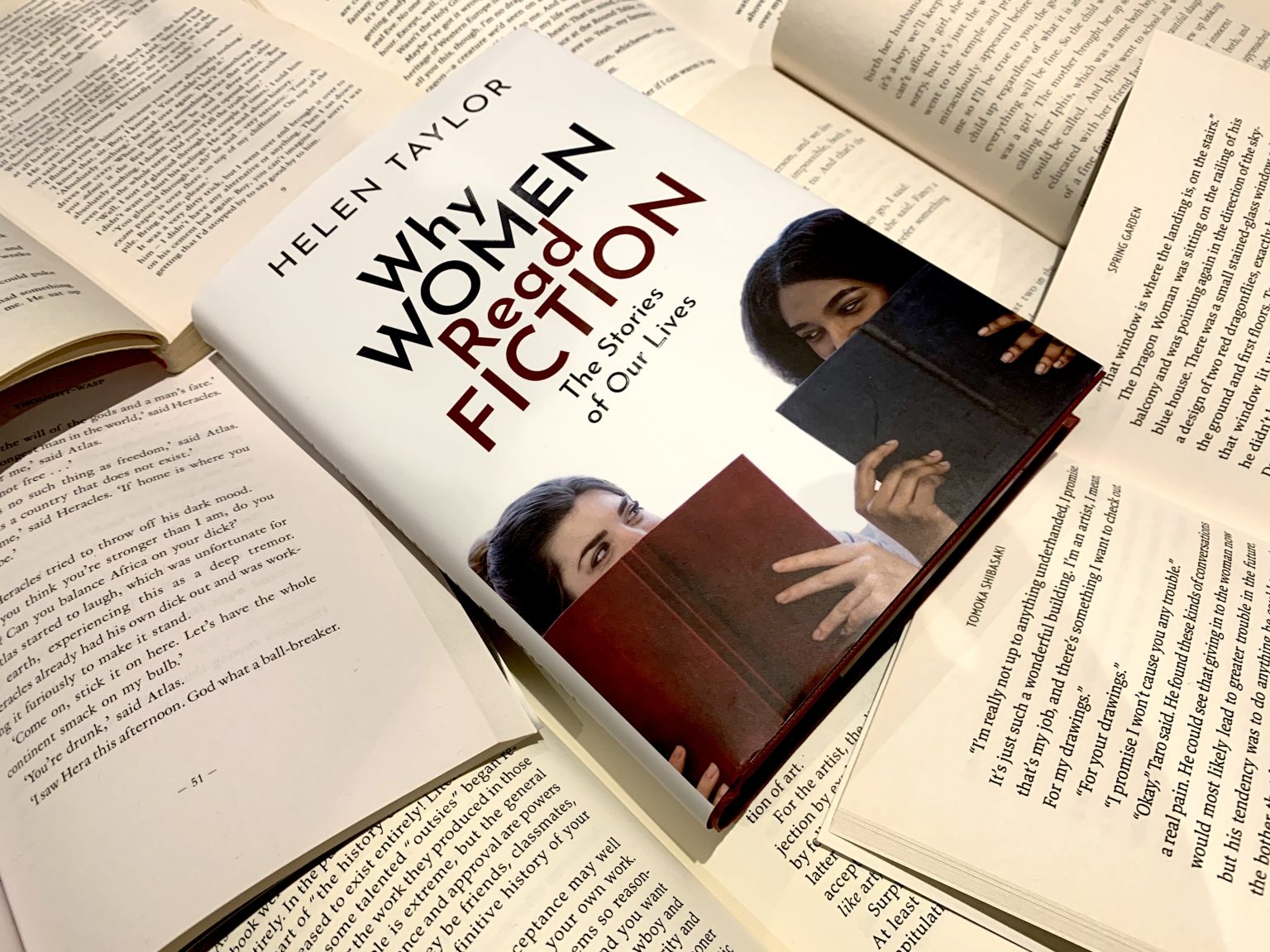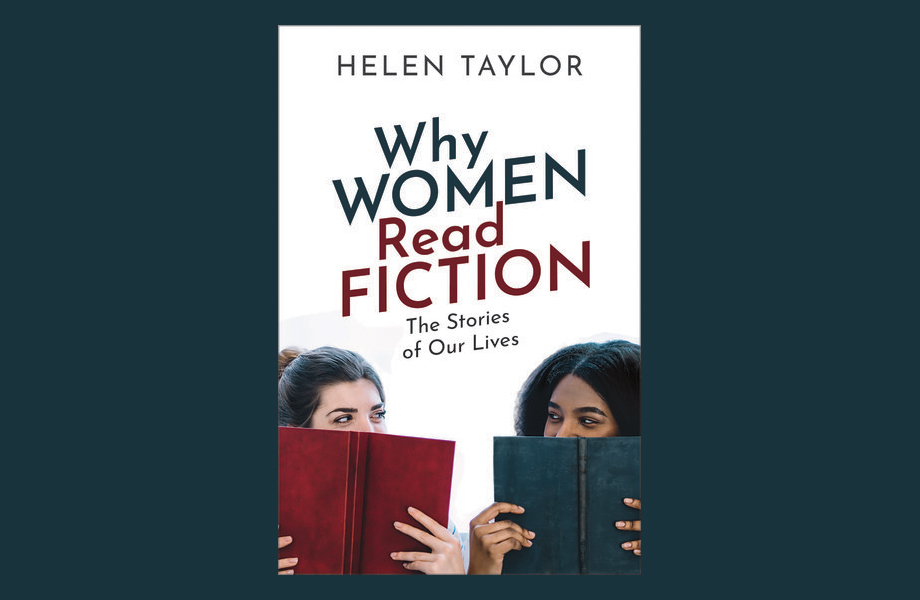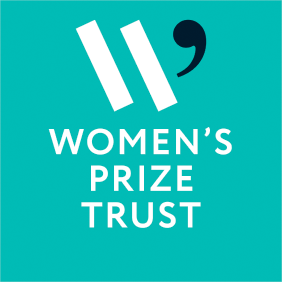To us, and many of you, reading fiction is like breathing – something we would struggle to live without. But why is it that novels are so vital to women today? Emeritus Professor of English at the University of Exeter Helen Taylor explores this in her book Why Women Read Fiction. We’re lucky enough to have a fascinating piece from Helen on her findings – read on!
Ian McEwan once said, ‘When women stop reading, the novel will be dead.’ A few years ago I began to explore why that is, and the more I researched, the more startling were my findings. Here are a few statistics. Women account for roughly two-thirds of fiction sales in the UK (higher if you include the US and Canada). For all categories, apart from fantasy, science fiction and horror, women purchasers outnumber men. We buy three quarters of general and erotic fiction, but roughly nine out of ten romance, saga, and Mills and Boon novels.
In correspondence and conversation with over 500 female readers and writers, I learned how precious fiction is to British women readers, and how they draw on it to define and give meaning to the stories of their/our lives. For so many, reading is a crucial, magical and life-saving activity that takes them more or less from cradle to grave. Female readers are key to the future of fiction and – as parents, teachers and librarians – the glue for a literate society. Reading fiction enables us to escape and spread our wings intellectually and emotionally.
We think of reading as a solitary act; there are thousands of paintings and photos of women sitting head bowed over a book in a room on their own. However, much as women treasure the chance to read alone, we also regularly share reading experiences and memories with daughters, grandchildren, female friends and mothers at the school gate. Editor Guy Pringle talks of women’s reading groups as ‘the female equivalent of freemasonry’ and there’s no doubt that women enjoy the convivial stimulation of recommending and sharing fiction, discussing and arguing about it – escaping the solitariness of a lone reader. And not just book clubs – for we go to bookshop signings, literary festivals and societies, and fictional sites such as the Brontës’ Haworth Parsonage and Du Maurier’s or Poldark’s Cornwall.
Women described their fiction reading to me as ‘the love of my life’ and ‘my best friend,’ with one saying it was ‘fractionally less important than breathing, but only just!’ Stephen King said he wrote novels for his mother who called them ‘cheap sweet vacations,’ and many women compare their novel reading to the wicked act of eating sweets and desserts. One woman talked of her ‘print tooth’. Reading can feel subversive, powerful, dangerous. A woman absorbed in a novel can seem threatening to other family members. In my book, I explain where and when women read fiction (guiltily in the morning or comfortably at bedtime), in special places and at quiet times like hospital stays and spells of chemotherapy, and how stories and writers influence individual lives. From early reading under bedclothes with a torch, to snatching time in a busy day or at bedtime, it’s often a secret pleasure in full and fraught lives.
In January 2020, nominations by the Golden Globes and Bafta groups omitted women from the ‘best director’ category, and Bafta selected no actor of colour for the acting awards. Both snubbed director Greta Gerwig whose Little Women – based on one of girls’ and women’s most beloved books (clearly too ‘fluffy’ for serious juries) – had been critically hailed as a triumph. This blatant discrimination, or wilful blindness to women’s work, attracted howls of rage from all sides, but no-one offered a solution.
Why didn’t they take a leaf out of the Women’s Prize for Fiction’s book? When women were outraged at the 1991 Booker Prize all-male shortlist (not for the first time), Kate Mosse and others set up The Orange Prize to reward women writers. Later named after the drinks company sponsor Baileys – and sneered at by the press as ‘girls’ tipple’ – this prize has changed the whole profile of women’s writing and honoured women’s reading and writing. Mosse says it’s been a ‘lightning rod’ for debates about the way men and women write and are valued differently, and it’s certainly increased the visibility of women writers, including many hitherto ignored BAME novelists: Chimamanda Ngozi Adichie, Kamila Shamsie, Zadie Smith and more. Women film-makers, take note!
Danuta Kean’s 2019 Emelia Report into the Gender Gap for Authors noted that male writers received 12% more reviews than female, and women’s ages and domestic circumstances were referenced far more than men’s. I’m not saying there is no competitiveness or jealousy, but what I’ve observed in all my discussions with them is how much they want to see one another succeed, and will go to great lengths to support and promote other women’s work. In 2010, Hilary Mantel was on the shortlist for The Orange Prize. All the finalists were lined up and they held hands behind their backs. ‘I think Lorrie Moore started it,’ said Mantel. ‘We were like dancers about to execute a high kick, stabilising each other. You can’t imagine the men doing that, can you?’ What a glorious symbol of literary sisterhood! And, realising how marginalised and discriminated so many have been within literary culture, women writers watch one another’s backs all the time. Romance writer Katie Fforde claims the Romantic Novelists Association brings women writers together in meetings, conferences and parties to support their colleagues and counter the sneering denigration of romantic fiction by journalists and critics.
Female readers are crucial to this. Although women read fiction by men as well as women (while men often refuse to read women writers, especially if the book jacket looks too ‘feminine’), there is a special bond of loyalty between us and women writers. The phenomenal success of feminist publisher Virago Press, which created a whole fan base of passionate female readers, and the enthusiastic participation in women’s events at literary festivals, as well as the excitement generated around the Women’s Prize, bear out Roxanne Gay’s claim that ‘male writers get treated as intellectuals, women writers get treated as friends’.
The downside of this is that a distinction is made between ‘woman writer’ and ‘writer’ (male). As Sally Beauman told me, ‘It’s one inch away from “lady novelist”’. This leads to simplistic readerly expectations – for instance, that a writer’s work can be automatically associated with ‘girly’ genres. The reviewer of Louise Doughty’s fourth novel described her as ‘previously the author of cheery chick lit,’ despite her first three books being about chaos theory and urban terrorism, ghosts and mental illness, and a girl who murders her parents.
We all want to read fiction that illuminates and clarifies who we are, allowing us imaginatively to live other lives and explore vicariously the challenges, delights and tragedies of fictional characters with whom we identify or empathise. Susan Hill playfully writes, ‘Life is a Handful of Short Stories Pretending to be a Novel,’ and I believe the fiction we choose at different ages and stages, from girlhood to old age, contributes to our personal narratives, and becomes a sort of literary soundscape. As Jackie Kay has said, ‘How our lives are mapped by books.’




